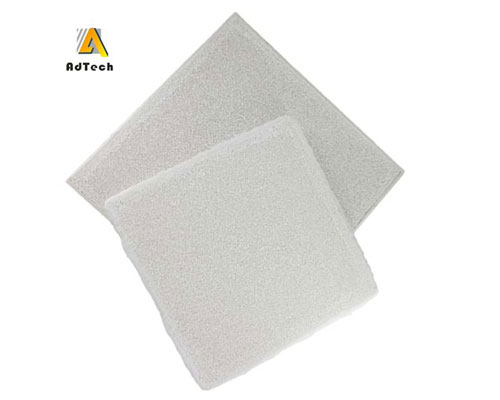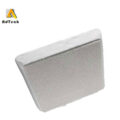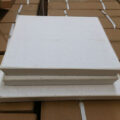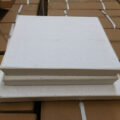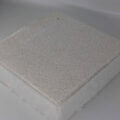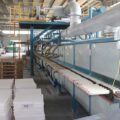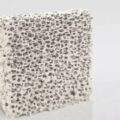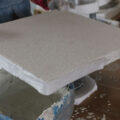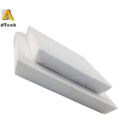The porous ceramic filters have a three-dimensionally interconnected open-pore (ceramic foam) network-like pore structure, etc., in which the ceramic form is preferably used as a filter material for molten metal.
The porous ceramic filter is prepared by coating ceramic slurry on a non-cellular mesh flexible polyurethane foam as a base material, and then carbonizing to eliminate the polyurethane foam by sintering. The metal layer is applied to the porous ceramic body, covering the entire surface of the skeleton lattice of the porous ceramic body. The porous ceramic body has three-dimensionally interconnected open pores, which has substantially the same pore structure as the reticulated polyurethane foam. The continuous cavity is foamed inside the skeleton corresponding to the polyurethane foam substrate. The openings constitute the channel metal for melting.
In the case of using a porous ceramic structure mainly made of the above-mentioned porous ceramic body as a molten metal filter, the apparent specific gravity of the porous ceramic body is desirably 0.3 to 0.6, which results in a porous ceramic structure with high mechanical properties and mechanical strength. The thermal strength can be obtained with a sufficiently high quality to withstand the use of metal as a molten metal filter at high temperatures. For a porous ceramic structure mainly composed of a porous ceramic body, it is also desirable that the average diameter of the three-dimensionally interconnected openings after forming the metal layer is 0.3 to 5 mm, and they are formed so as not to show significant clogging in any of them. In addition, by defining the porosity of the porous ceramic structure as 75% to 95%, a high rate and sufficient strength can be obtained.
The porous ceramic structure preferably includes those materials mainly composed of silicon dioxide, aluminum oxide and magnesium oxide, which are sintered at a temperature higher than 1300°C and have a softening point higher than 1250°C. The porous ceramic structure made of ceramics, when preheated to a temperature close to the temperature of the molten metal to be filtered through it, can sufficiently withstand the thermal shock and can withstand the thermal shock during the operation for filtering.
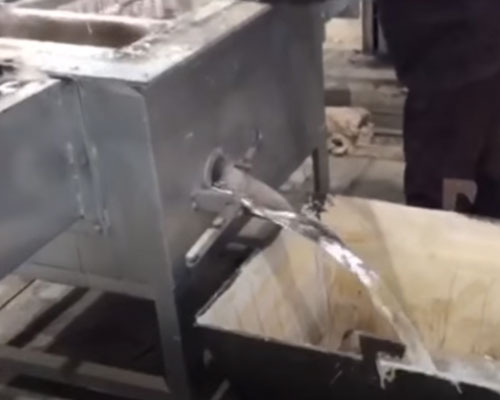
In the porous ceramic structure, a porous ceramic body, such as ceramic foam, is formed on the wall surface of the pore through which fluid can pass, with a metal layer, so that the fluid flows through the metal layer while contacting the metal layer. In this case, the kind of metal forming the metal layer is not particularly limited, and they can be appropriately selected according to the purpose of use. In the case where the molten metal to be filtered is aluminum, copper or iron, the coating metal layer is preferably selected from platinum, gold, silver, copper, tin, brass, bronze, and nickel. By using these metals according to the molten metal to be filtered, it is possible to minimize the leaching of soluble metal impurities therein, resulting in a decrease in the quality of the filtered molten metal. In the process of molten metal passing through the interconnected openings, soluble impurities and incorporated solid impurities are filtered out.
Since the metal layer is deposited to cover the entire wall surface of the pores of the porous ceramic structure through which fluid can pass, when the molten metal passes through the pores of the filter, the flow resistance to the molten metal is reduced. Therefore, the time from the introduction of molten metal at the inlet of the filter to the start of filtration can be significantly reduced, and the filtration can be sufficiently started even if the initial pressure head is lowered. In addition, due to the improved wettability, the local flow of molten metal inside the filter is eliminated.

